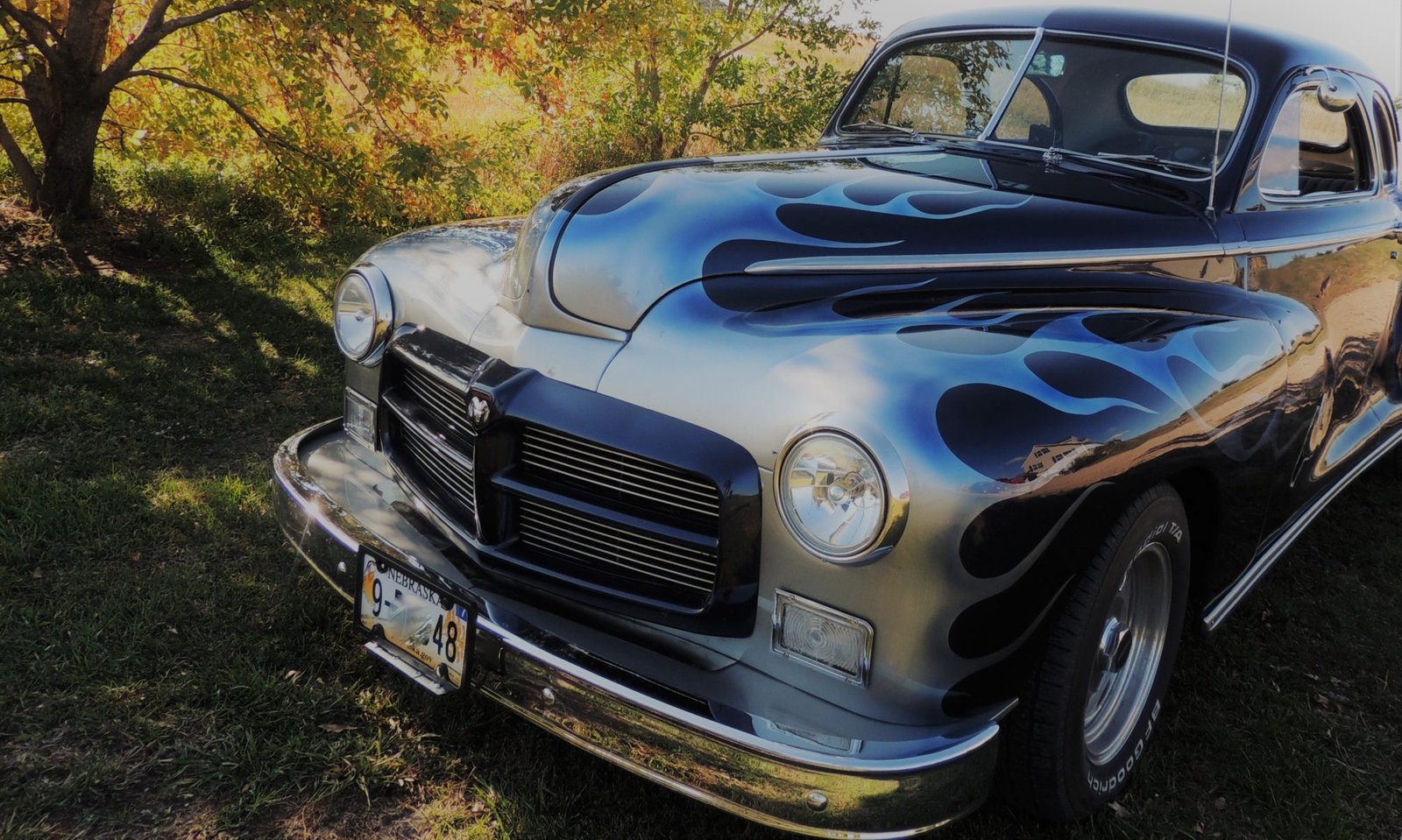I happened across a story in a 1940 newspaper about automobile designers making a foray into women’s fashions. The feminine styles were supposed to match the 1941 automotive offerings and were designed by the same men who created those body styles. This was all done to promote the New York auto show. There were pictures to go with the story, but no names, so I had to keep digging. I discovered that the first one was designed by none other than Harley Earl, and this streamlined creation in silver rayon featured wings to mimic the hood emblem on a ’41 Caddy.



The stories I found do not give credit for this stylish jacket with a yolk based on the shape of the Packard grille. Perhaps the designer was Howard “Dutch” Darrin?


This swimming suit is based on the 1941 Chevrolet. You can see the shape of the grille on the model’s midsection, and her shoes were even made out of Lucite!


This ensemble was designed, I believe, by E. T. Gregorie and was meant to complement the Mercury. Notice the belt, which was based on the Merc’s bumper guards, and a purse modeled on the hubcaps.


One article said this coat was made with upholstery plaid, so it must be based on Chrysler’s Highlander. Oliver Clark was likely the one who designed this modish outerwear.


This promotion was done in cooperation with Harper’s Bazaar magazine, and the clothing was actually available to be purchased on Fifth Avenue. I have no idea how well it sold, but I would absolutely purchase all of it today if still available (and I might run someone over to get to that hubcap purse).






